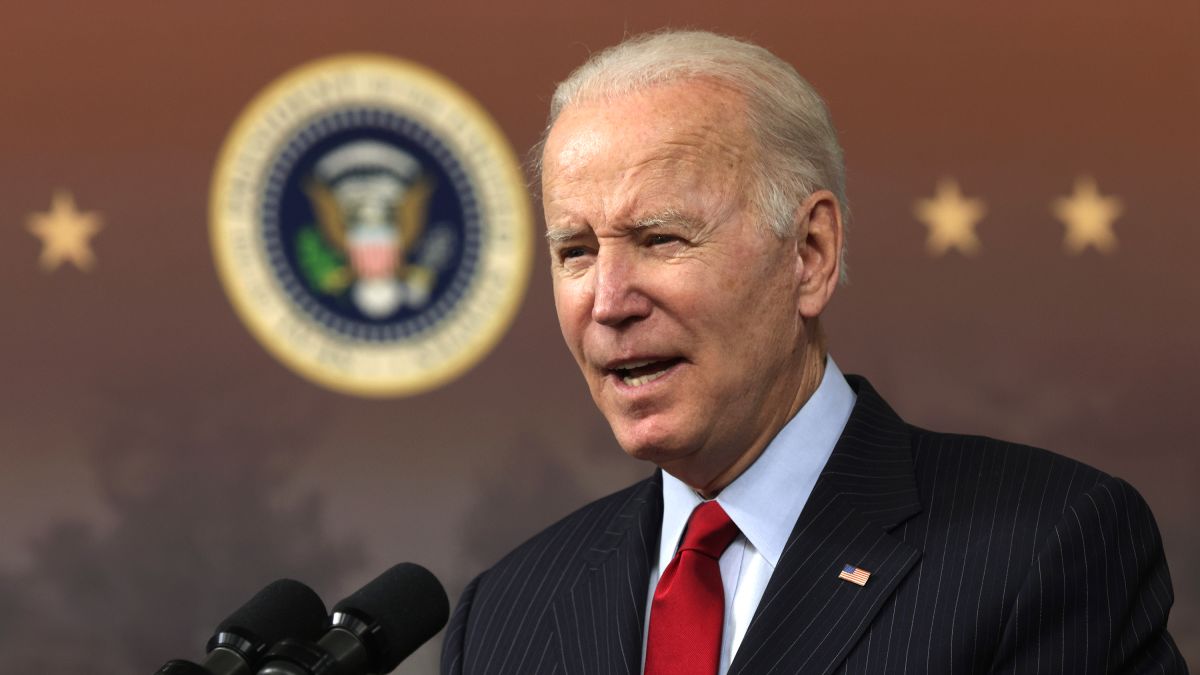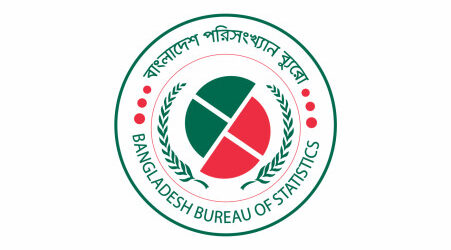
WASHINGTON, – After more than a decade of tame inflation, a wave of prices increases has washed through the US economy, affecting cars, housing and food and shaking policymakers intent on selling a reassuring message of recovery.
President Joe Biden has made it a priority to fight the inflation hitting American families, but it is Federal Reserve Chair Jerome Powell who leads the one body that could take direct action to slay the inflation dragon. After admitting recently that he and his colleagues miscalculated how far prices would rebound in the wake of the pandemic crisis, Powell has pledged to fight back. At the end of its two-day meeting on Wednesday, the Fed’s policy-setting committee is expected to announce it will phase-out its stimulus measures more quickly — allowing it to raise lending rates by mid-2022 or sooner.
But while a rate hike is an effective inflation-fighting weapon, it is also a blunt tool that could short-circuit the recovery, which remains beset by supply chain snags and new variants of Covid-19. Consumer prices surged 6.8 percent in November, the biggest jump in nearly four decades, and while economists think the overall rate has likely peaked, costs for many goods and services are expected to remain high for some time.
“As we feared, inflation has become more broad-based and will likely remain that way even if inflation abates from the red-hot pace we are currently enduring,” said Grant Thornton chief economist Diane Swonk. “Watch closely for inflation in medical and shelter costs to pick up in 2022, even as inflation on goods begins to abate.” There appears to be little doubt about the outcome of this week’s meeting of the Federal Open Market Committee (FOMC): Powell himself said last month it was time to speed up the process of ending the Fed’s bond-buying program.
The committee in early November made the first step to taper its bond purchases, lowering the total by $15 billion a month, which would have ended the program around June. But Powell said in congressional testimony the program could end “a few months sooner.” If bond purchases end in March, the Fed would be in position to as early as May raise the benchmark interest rate off zero, where it has been since the start of the pandemic in March 2020.
– Doves become hawks – Hoping to avoid negative political fallout, Biden’s team and Fed officials for months tried to reassure nervous consumers that the price jumps were mostly due to the impact of the pandemic — such as semiconductor shortages and shipping snafus — that would soon recede. But the Fed’s thinking has been shifting in recent weeks, and more policymakers have been morphing into inflation hawks, signaling the central bank will need to raise borrowing rates in 2022 to get inflation closer to its two percent goal. This week’s meeting is the last of the year, and the FOMC will also release its quarterly economic projections, including the closely-watched “dot plot” which, though not an official Fed forecast, tracks committee members’ outlook, including for interest rates. In September, the chart showed a single rate increase likely next year, but the new edition could show three or even four, economists say.
– Omicron threat – Markets now are concerned that the Fed might overreact, moving too strongly against inflation at a time when new variants of Covid-19 are spreading quickly and potentially hindering the rebound in the economy, which has yet to recover millions of jobs. But surging infections that force new restrictions also could put further upward pressure on prices. “The great unknown is what role the current Delta wave and concerns over Omicron will have on supply chains,” Swonk said. “The Fed has now concluded that outbreaks are in and of themselves inflationary because of how much they can further muck up global supply chains.”




